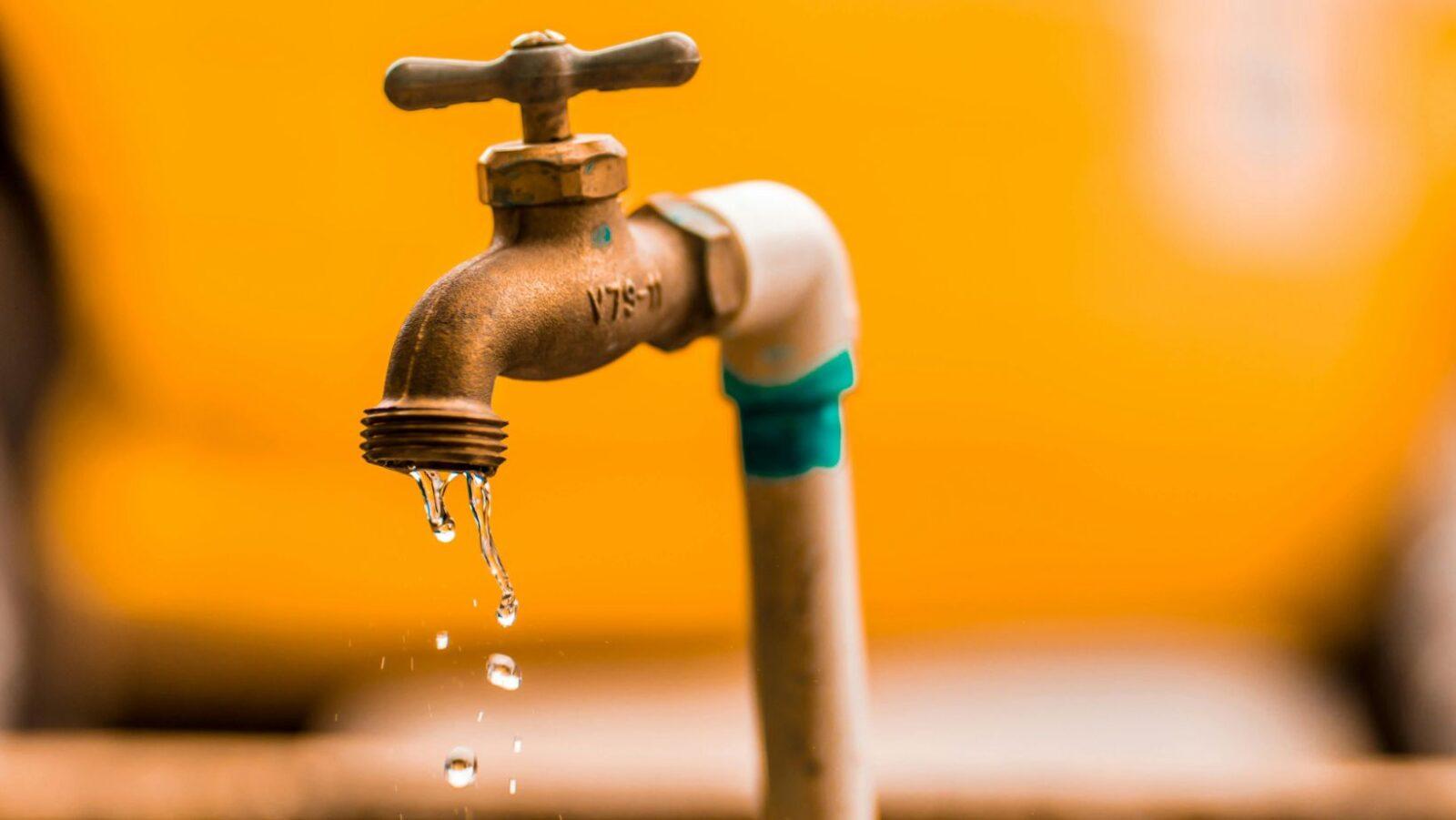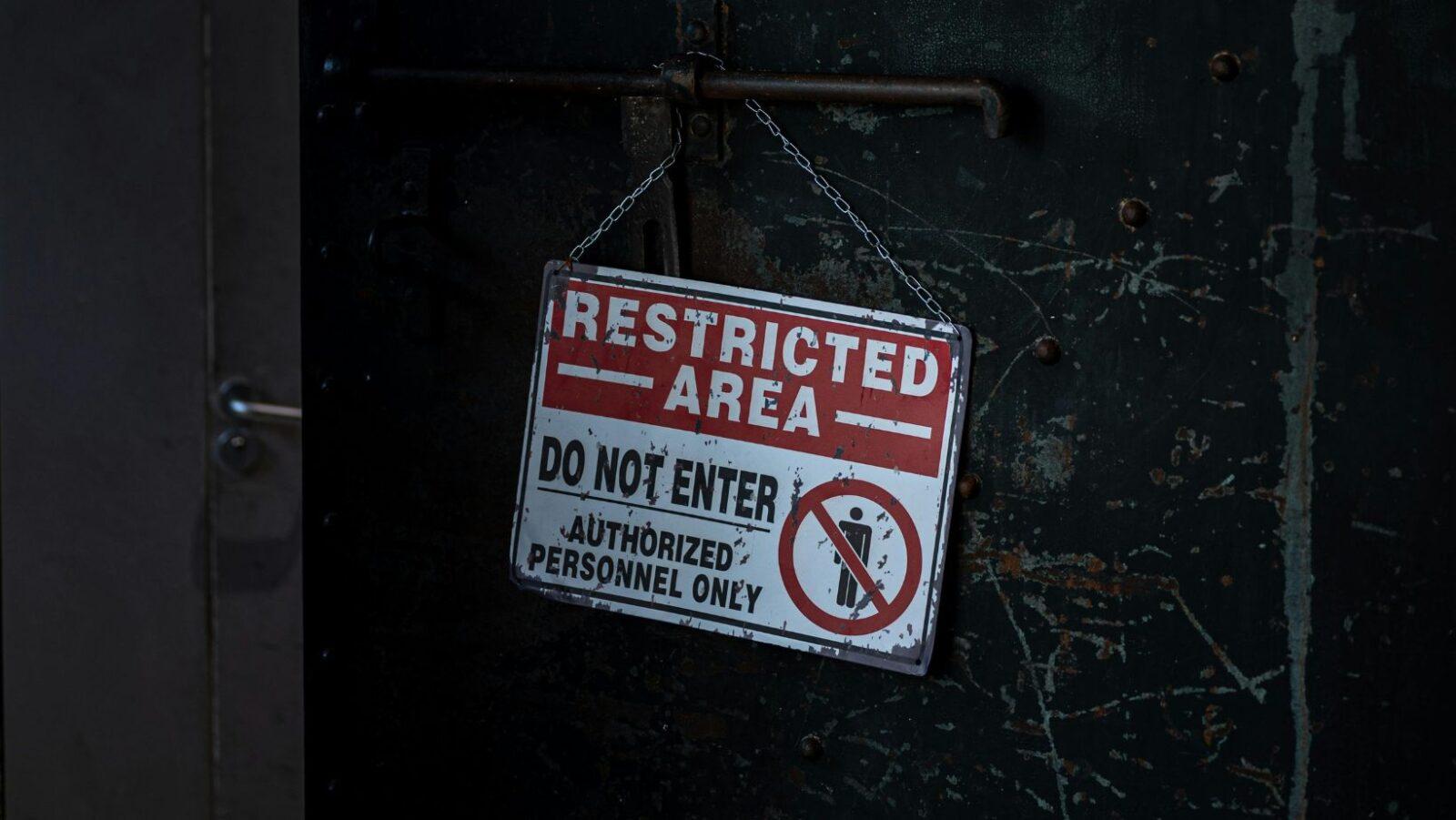
With the ongoing COVID-19 pandemic in the Philippines, the policies and guidelines everyone has to follow have seen a number of changes over the last few months.
In relatively recent developments, the Department of Transportation (DOT) mandated the use of face shields alongside face masks for commuters as an added measure to control the spread of the coronavirus. In many areas, this face shield + face mask combo has also become a requirement for people to be able to enter shopping malls and other commercial establishments.
Here’s what you need to know about face shields, and why they’re an important piece of protective gear for the average citizen.
They’re an added layer of protection
Face shields are thin, curved, clear sheets of plastic or acrylic glass. Attached to fixtures such as headbands or eyeglass frames, they’re large enough cover the entire face without obstructing the wearer’s vision.
Face shields are already widely used in the medical field. Medical practitioners wear them during various procedures to prevent bodily fluids (e.g., blood, saliva, etc.), and other small particles from coming into direct contact with their faces. Without this layer of protection, potentially harmful substances may enter the body through the eyes, nose, or mouth.
They go hand in hand with face masks
While the prevalent use of face masks does help in controlling the spread of the virus, wearing them alone isn’t enough.
Some cloth masks, for instance, are too thin to effectively block particles. Others aren’t tailored properly; particles of saliva from one’s breath can still penetrate such masks, travelling several centimeters from the wearer’s face. And since masks are meant to protect both the wearer and the people around them, this can be a massive problem.
Meanwhile, the more effective ones, such as N95 or surgical masks, are designed to filter out these particles. However, they aren’t exactly easy to disinfect, nor are they cheap these days. Furthermore, they still leave the wearer’s eyes exposed. As discussed earlier, even these parts of our bodies can serve as entry points for coronavirus; barring that, the virus particles can still stick to other exposed facial areas. This will, in turn, allow the virus to make its way to other entry points when a person’s hand touches their face.
That’s where face shields come in. Face shields prevent you from doing that. Plus, they’re easier to disinfect with just rubbing alcohol or soap and water.
But they’re still only one facet of virus control
Still, they aren’t perfect. Wearing a face shield may protect your face, but there are still gaps beside and behind it that particles can pass through.
Nevertheless, while face shields don’t completely eliminate the possibility of transmission, they do reduce the risk significantly. A 2014 study found that face shields help in reducing immediate viral exposure by as much as 96% when someone coughs 18 inches away. (And that’s without wearing a face mask.) Thus, it makes sense that wearing both when going out may reduce the risk of viral transmission.
Simply wearing a face shield isn’t enough. Among other things, washing one’s hands properly and practicing social distancing are still among the most important preventive measures in keeping everyone, including yourself, safe.
Face shields play an important role in a world with COVID-19. Whether or not they can truly help us depends on how responsible and consistent we are in using them.—MF
References
- https://mb.com.ph/2020/08/15/face-shields-mandatory-for-puv-passengers-in-workplace-starting-today/
- https://newsinfo.inquirer.net/1325194/face-shields-now-required-in-commercial-establishments
- https://health.clevelandclinic.org/will-a-face-shield-protect-you-from-the-coronavirus/
- https://news.llu.edu/health-wellness/face-masks-versus-face-shields-which-one-better
- https://pubmed.ncbi.nlm.nih.gov/24467190/
Author: Mark Jefferson Plata
Jefferson is a college freshman, and a neophyte in the professional writing scene who is looking to further improve himself in the field. Besides the standard adolescent habit of wasting away in front of a computer or phone screen, he enjoys reading, watching, and learning about pop culture, science, gaming, as well as a wide range of other interests.









